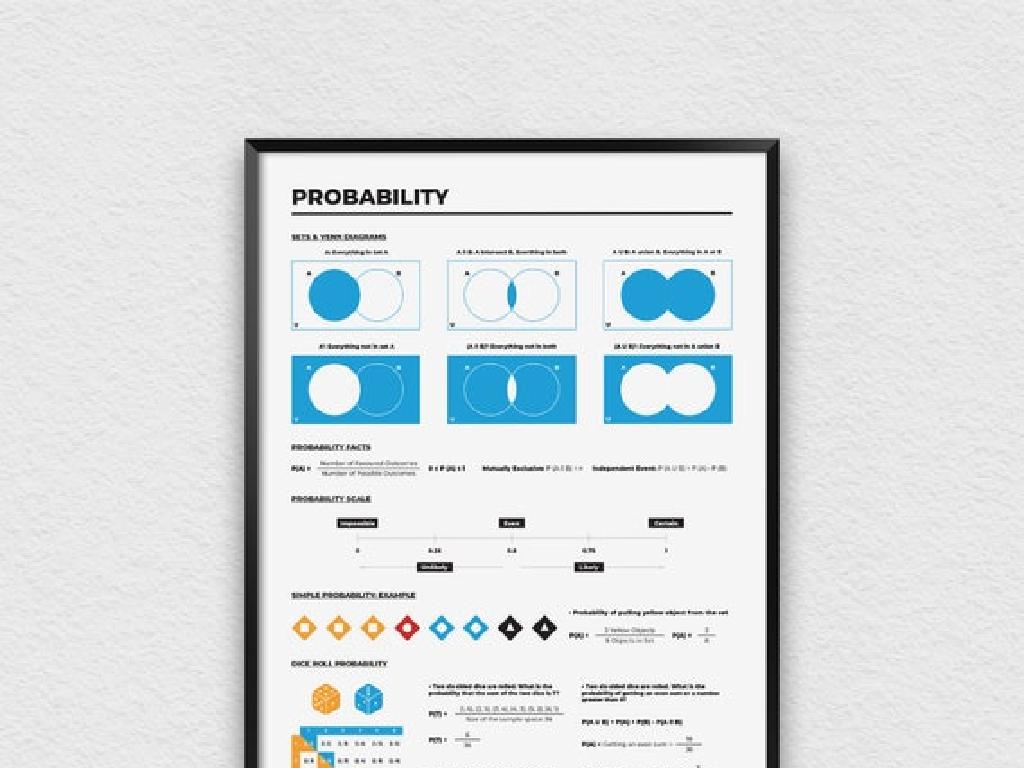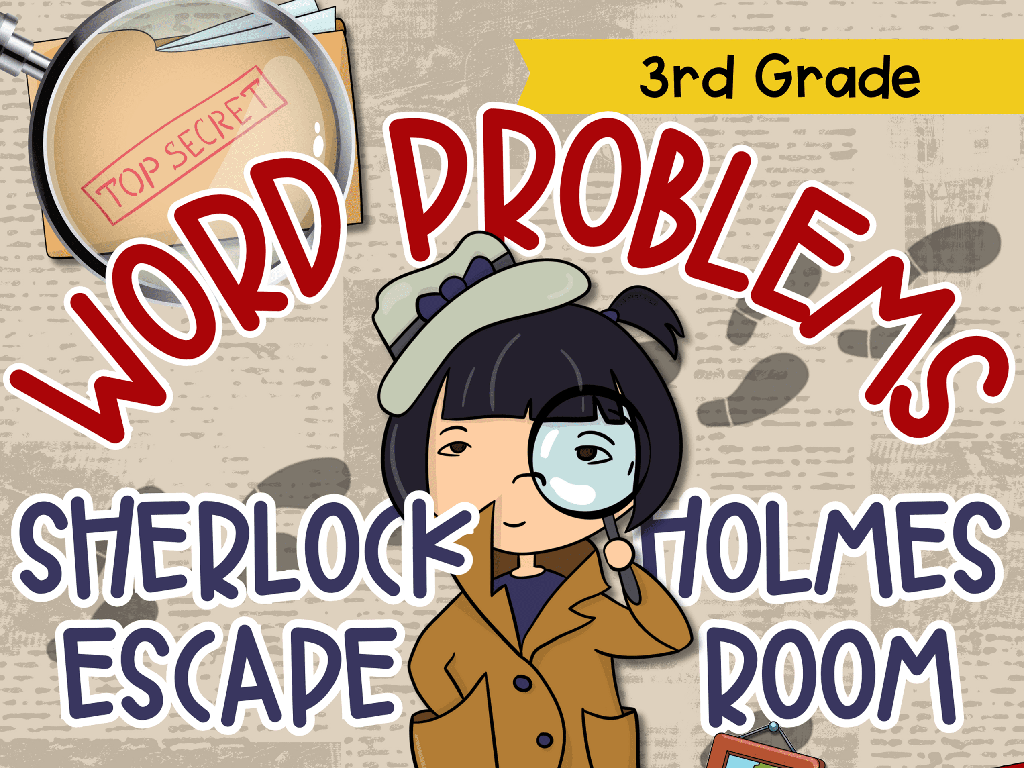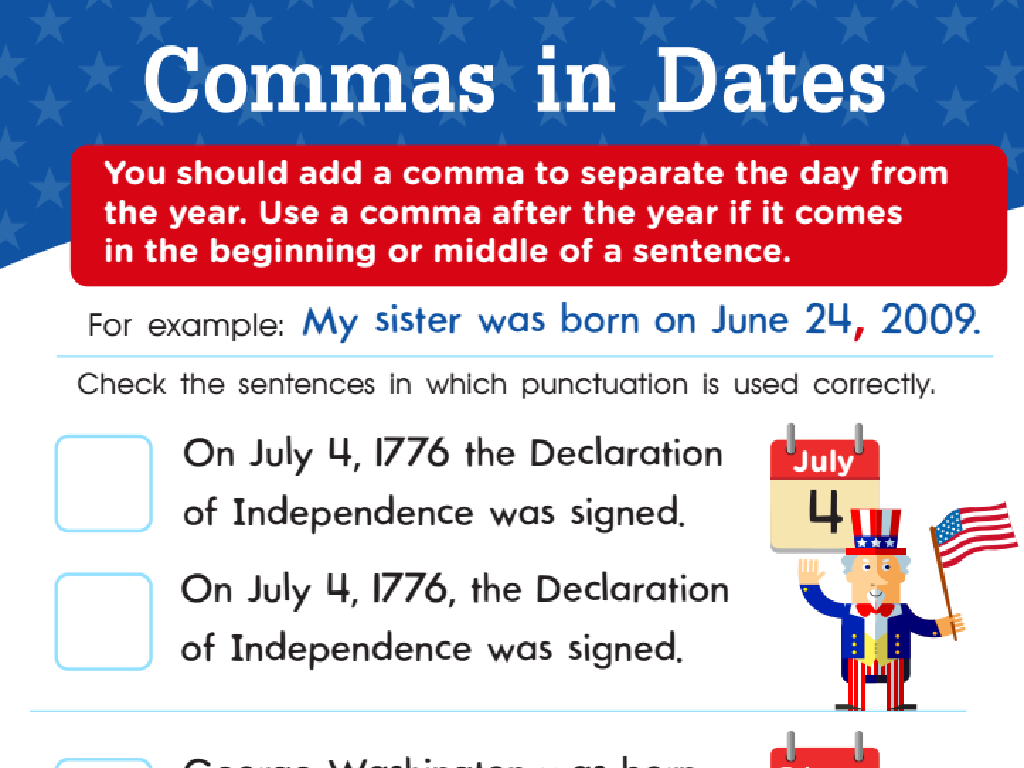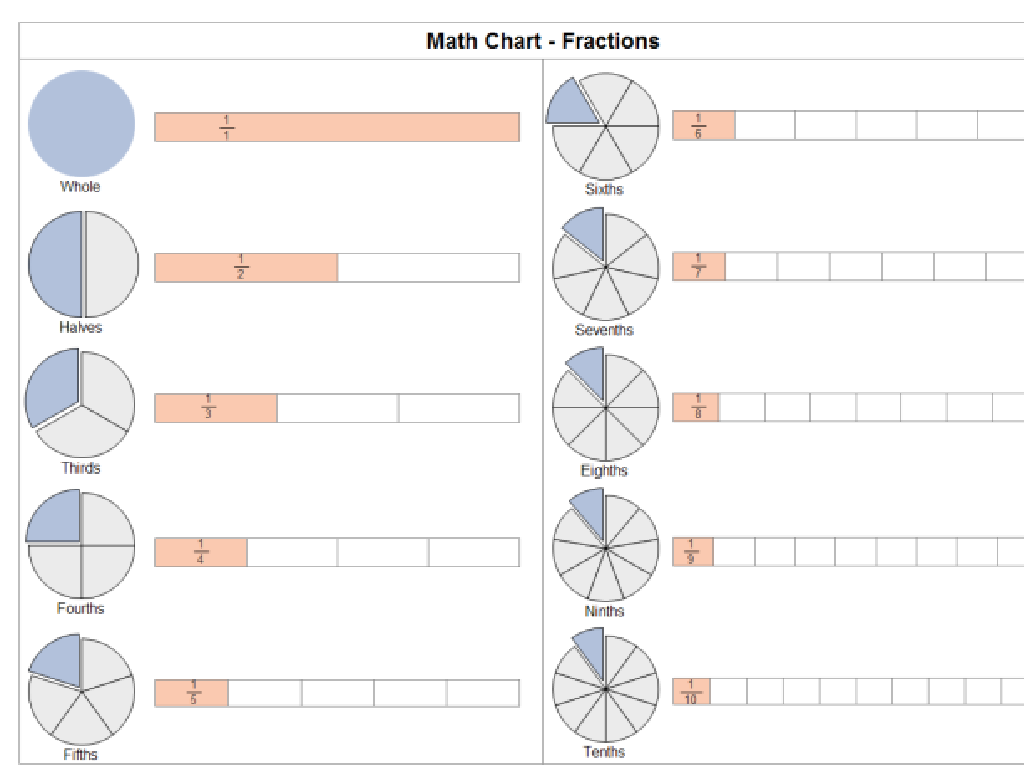Identify Rhombuses
Subject: Math
Grade: Fifth grade
Topic: Quadrilaterals
Please LOG IN to download the presentation. Access is available to registered users only.
View More Content
Today’s Adventure: Identifying Rhombuses!
– What is a Quadrilateral?
– A shape with four straight sides
– Characteristics of Rhombuses
– Equal sides and opposite angles are equal
– Comparing Rhombuses to Other Quadrilaterals
– Rhombuses have all the properties of parallelograms
– Identifying Rhombuses in Shapes Around Us
– Look for objects with equal side lengths and angles
|
Begin the lesson by defining quadrilaterals as four-sided shapes, which sets the foundation for understanding more complex shapes. Move on to discuss the unique characteristics of rhombuses, emphasizing that all sides are of equal length and opposite angles are equal, which distinguishes them from other quadrilaterals. Compare and contrast rhombuses with other quadrilaterals like squares and rectangles to solidify their understanding. Finally, encourage students to identify rhombuses in everyday objects, which will help them recognize these shapes in the real world. Provide examples such as diamonds on playing cards or the shape of a kite. This interactive approach will make the concept more engaging and memorable for the students.
What is a Rhombus?
– A rhombus is a quadrilateral
– All sides are equal in length
– Like a square, but angles aren’t 90 degrees
– Opposite angles are equal
– Just like two sides of a square facing each other
– Rhombuses in everyday objects
– Examples: Kites, diamonds, and some windows
|
A rhombus is a special type of quadrilateral with unique properties. All four sides are of equal length, which is a defining characteristic. While it shares this property with a square, the angles in a rhombus do not have to be 90 degrees. Opposite angles in a rhombus are equal, which can be a helpful clue in identifying them. To make this concept relatable, show students everyday objects that resemble a rhombus, such as kites or diamond shapes. Encourage students to find rhombus shapes in their environment and bring these examples to class. This will help them recognize rhombuses not just in geometry problems but in the real world as well.
Properties of a Rhombus
– All sides are equal in length
– Opposite angles are equal
– Diagonals bisect at right angles
– Diagonals intersect at 90 degrees, forming right angles
– Each diagonal cuts rhombus into two congruent triangles
– Triangles formed by diagonals are mirror images
|
When teaching about the properties of a rhombus, emphasize that it is a special type of quadrilateral with all sides of equal length, which differentiates it from other quadrilaterals. Highlight that opposite angles in a rhombus are equal, which can be a point of confusion with other parallelograms. The diagonals of a rhombus are particularly interesting because they always bisect each other at right angles, creating four right angles at the point of intersection. This property is unique to rhombuses and squares. Additionally, each diagonal divides the rhombus into two congruent triangles, which can be a useful property when solving problems involving area and perimeter. Encourage students to draw their own rhombuses and use rulers and protractors to explore these properties hands-on.
Rhombus vs. Other Quadrilaterals
– Rhombus vs. Square differences
– Both have 4 sides, but a square has equal angles.
– Rhombus and Parallelogram similarities
– Both have opposite sides parallel and equal.
– Identifying Rhombuses
– Look for 4 equal sides without 90-degree angles.
– Practice with examples
– We’ll sort shapes to find rhombuses.
|
This slide aims to help students distinguish a rhombus from other quadrilaterals, particularly squares and parallelograms. Emphasize that while a rhombus is a type of parallelogram with all sides equal, it differs from a square because its angles are not necessarily 90 degrees. Encourage students to identify rhombuses by looking for quadrilaterals with four equal sides that do not form right angles. Provide a variety of quadrilaterals and have students practice picking out the rhombuses. This activity will reinforce their understanding of the properties of rhombuses and how they fit into the broader category of quadrilaterals.
Rhombuses in the Real World
– Rhombuses are everywhere
– Examples: Diamonds and kites
– Jewelry diamonds, kite shapes are rhombuses
– Think of more rhombus examples
– Look around, maybe a window or a sign?
– Discuss your ideas in class
|
This slide aims to help students recognize rhombuses in the world around them, reinforcing the concept that geometry is not just in textbooks but part of their everyday life. Start by showing images of diamonds and kites, which are familiar rhombus shapes. Encourage students to think creatively and share other examples they’ve encountered. This could include items like windows, signs, or even patterns on clothing. Facilitate a discussion where students can share and validate each other’s findings, fostering a collaborative learning environment. This activity will help solidify their understanding of rhombuses and their properties.
Let’s Practice Identifying Rhombuses!
– Find rhombuses among shapes
– Explain your rhombus choice
– Tell us why you think it’s a rhombus
– Use properties to justify
– Equal sides? Diagonals bisect at right angles?
– Share findings with the class
|
This activity is designed to help students apply their knowledge of quadrilaterals, specifically rhombuses. Provide a variety of shapes and have students identify which ones are rhombuses. They should explain their reasoning based on the properties of rhombuses they’ve learned: all sides are of equal length, and diagonals bisect each other at right angles. Encourage students to use precise mathematical language when explaining. After identifying and explaining, students will share their findings with the class, allowing for discussion and further clarification. Possible activities include group work where each group receives a different set of shapes, individual worksheets, or a digital interactive shape-sorting exercise.
Class Activity: Create Your Own Rhombus!
– Gather your rhombus-making tools
– You’ll need paper, ruler, scissors, and colors
– Follow steps to draw a rhombus
– Use the ruler for equal sides, all corners should be equal
– Cut out and decorate your rhombus
– Show and tell about your rhombus
– Share what you like about your rhombus
|
This activity is designed to help students understand the properties of a rhombus by creating one. Provide each student with the necessary materials. Guide them through the process of drawing a rhombus, ensuring they understand that all sides must be of equal length and opposite angles are equal. Once they have drawn the rhombus, they can cut it out and decorate it. Encourage creativity in decoration to make this a fun learning experience. Finally, have each student present their rhombus to the class, discussing the properties that make it a rhombus. This will reinforce their understanding and help them recognize rhombuses in the real world.
Rhombuses: Conclusion & Quick Quiz
– Key features of rhombuses
– All sides equal length, opposite angles equal
– Rhombuses in geometry
– Rhombuses are parallelograms with extra properties
– Why rhombuses matter
– They help understand properties of other shapes
– Quick Quiz time!
– Look at shapes, find the rhombuses
|
As we wrap up, let’s review what we’ve learned about rhombuses. They are a special type of parallelogram with all sides of equal length and opposite angles that are equal. Understanding rhombuses helps us grasp the properties of other shapes and their classifications in geometry. To test our knowledge, we’ll have a quick quiz where students will identify rhombuses from a group of various quadrilaterals. This activity will reinforce their ability to recognize shapes based on their properties and ensure they can distinguish a rhombus from other quadrilaterals.






